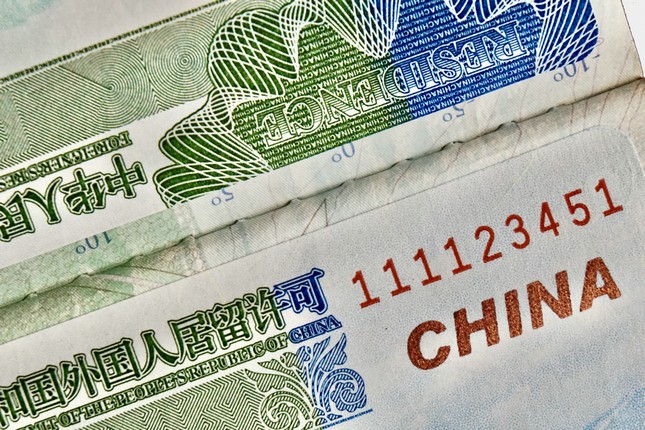Game Theory is a regular series where we speak with a professional with insight into China’s business and tech scene.
Chinese culture and language have a special way of drawing one’s interest, as Alan Beebe could tell you. After completing a one-year internship with IBM in Taiwan, he attended Yale and began studying all things Chinese in graduate school.
Originally from Nebraska in the US Midwest, Beebe felt at home in China when he first moved to the Chinese mainland in 2002. And with 15 years of experience helping foreign and Chinese clients while with IBM and other tech enterprises, he puts all his business experience to good use as President of AmCham China.
In May, we reached out to Alan to hear his thoughts on the business outlook for member companies in China and the ‘China +1’ strategy.

Image provided by AmCham China
Given this turbulent two-year stretch with the ongoing US-China trade dispute and COVID-19 pandemic, member services offered at AmCham China would appear to be at a premium. What are your thoughts?
The tougher things are, the more you need to share, get smart on the issues and learn from others. AmCham China’s member companies – both large and small – are facing unprecedented challenges, which have led to record levels of engagement with our members. Companies have learned to appreciate our incredible value for money by fully leveraging all the Chamber has to offer.
Why do you think the global narratives of companies planning to leave China differ from survey results by AmCham China, which suggest companies won’t leave the country in the near future?
Our surveys show that companies are not packing up and leaving China; for example, over 70% of respondents say they have no plans yet to relocate production and supply chain operations or sourcing outside of China due to COVID-19. That’s not to say we’re China cheerleaders – our reports are entirely objective and there are plenty of negative trends we’re seeing – but we stick to the data and facts, rather than get carried away by more emotional narratives. We’re proud of the fact that AmCham China is an unparalleled source for credible, on-the-ground information. So, stay rational and critical – and come to us if you want to separate reality from hype!
Companies have been reassessing their supply chain strategies for the last several years, and in certain industries that means diversifying away from China or even expanding operations in the US given the current climate. In our annual China Business Climate Survey Report, 21% of surveyed members reported a drop in revenue in 2019, compared with only 7% in 2017, and the proportion of members describing their financial performance as ‘profitable’ has dropped from 73% in 2017 to 61% in 2019 – the lowest percentage in almost two decades.
But despite the financial pressures, including trade tensions and the COVID-19 outbreak, most of the reasons why companies came to China in the first place still hold true today. Growth may be slowing, but most companies are still profitable. China is a historic market opportunity, and companies will continue to invest.
Would you briefly explain the China +1 strategy and why more companies may adopt this strategy?
The China +1 strategy is a way to diversify supply chains and operations by adding a new location, typically in Asia. Many Western companies have adopted this in recent years to control costs, and mitigate against rising wages, supply chain issues, tariffs and so on. So while companies show a commitment to stay the course in China – often pivoting away from an export-led model to more of an ‘in China, for China’ strategy, where goods and services are produced in China for Chinese consumers – we expect to see more companies adopting the China +1 strategy. This is a way to diversify their risks and control costs, while still tapping into China’s market opportunities.
What do you view as the best possible outcome for member companies once the pandemic has subsided and US-China trade talks pick up again?
In terms of COVID-19, the best outcome is that companies can fully resume operations by perhaps the end of June. From our third flash survey on the impact of the pandemic, conducted in April, 42% of respondents said they had already resumed normal operations, while 33% said they expected to return to normal by the end of the summer.
As for the trade talks, we hope China and the US stay fully committed to the Phase One deal, and we are helping our member companies take advantage of the USD200 billion in purchasing commitments included in the scope of this agreement. Beyond that, there are still plenty of tough issues remaining for Phase Two negotiations – especially in technology – that need to be addressed to reorient the bilateral relationship on a more sustainable, balanced economic footing.
This interview has been edited for brevity.
For more Game Theory, click here.
[Cover image via @Zhang Kaiyv/Unsplash]





















0 User Comments